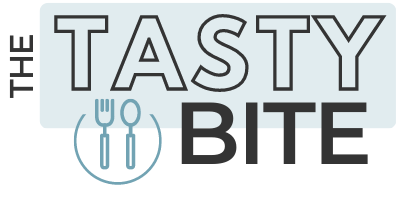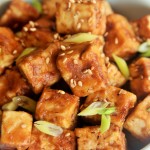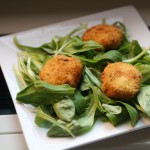Last Updated on March 5, 2024 by Karen
The versatility of bread knives extends far beyond just slicing bread. From delicate pastries to tough crusts, explore the various uses of this essential kitchen tool.
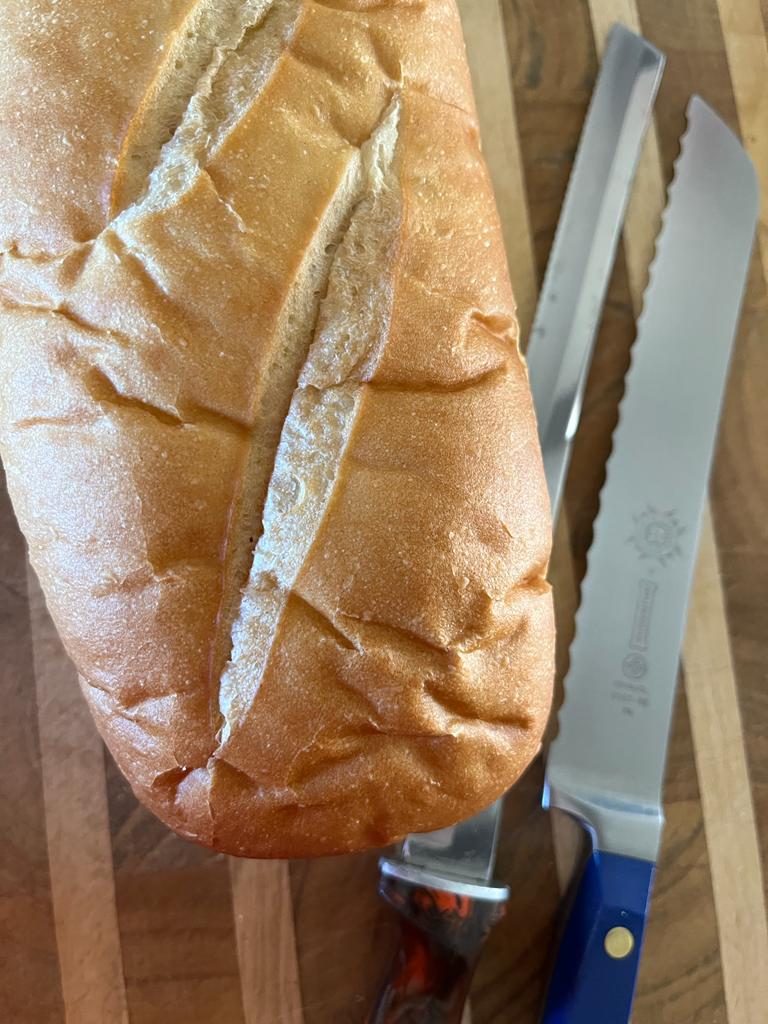
While preparing a batch of homemade biscotti, I found myself without my go-to chef’s knife, but instinctively reached for my trusty bread knife. To my surprise, its serrated blade effortlessly sliced through the cookies studded with dried cranberries and almonds, producing clean, uniform slices without crushing the cookies. A bread knife isn’t just for slicing bread—it’s one of my favorite kitchen tools that proves its worth time and time again in the kitchen.
A bread knife is an essential tool in any kitchen blade collection, whether for home cooks or professional chef for several reasons:
Easy slicing: Its serrated blade is designed to easily slice through bread without crushing it. The serrations allow the knife to grip the crust and slice through the softer interior without squashing or tearing the bread.
Versatility: While primarily used for bread, a bread knife can also be handy for slicing other delicate foods with a hard crust and soft interior, such as tomatoes, cakes, and pastries.
Precision: The long, serrated blade provides better control and precision when slicing through loaves of bread or other foods, ensuring even slices without the need for excessive pressure.
Safety: Using a bread knife reduces the risk of accidents that can occur when trying to slice bread with a regular knife. The serrated edge cuts through the crust with minimal effort, reducing the chance of slipping and cutting yourself.
What does a bread knife look like?
A bread knife typically has a long, serrated blade that is specifically designed for cutting bread. It has sharp teeth or serrations along the edge, which allows it to easily slice through different types of bread without crushing or tearing the soft interior. A bread knife has a longer blade than a standard chef’s knife, usually between 6 to 10 inches (15 to 25 centimeters) in length. Some bread knives have a unique design with a straight-edged blade, while others have a slightly curved blade for a rocking motion during slicing. A bread knife usually has a grippy handle to provide better control and prevent slipping while cutting.
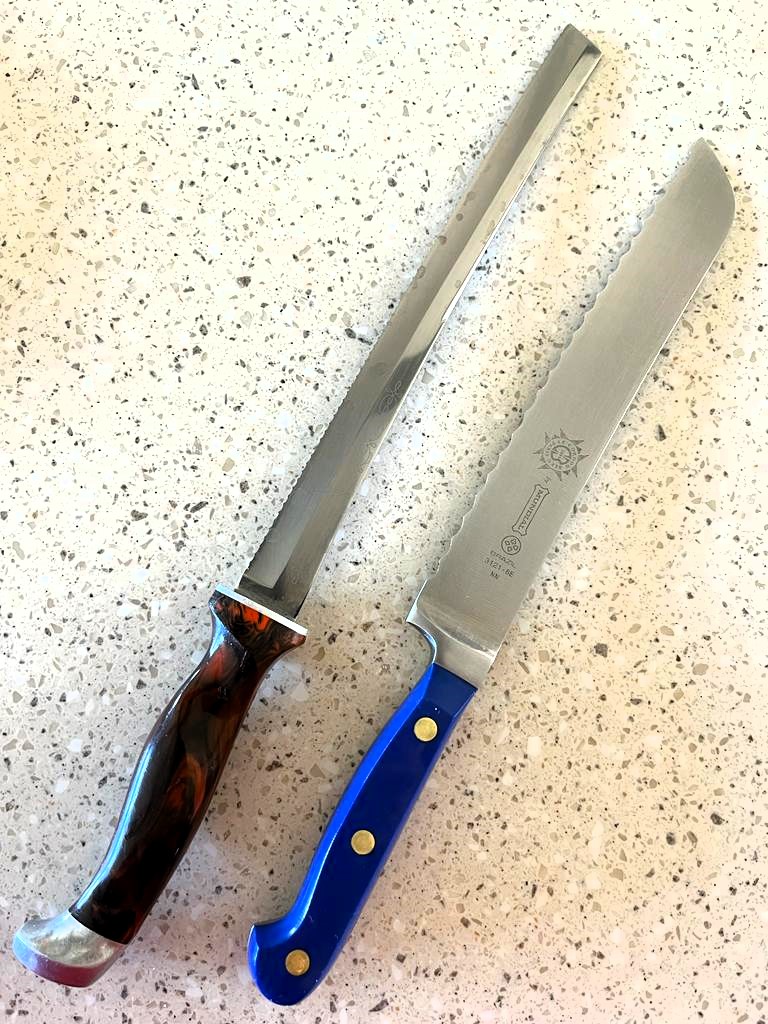
Exploring different types of bread knives
There are different types of bread knives available in the market, each with its own unique features and benefits. Let’s explore some of these types:
- Regular bread knives: These are traditional bread knives that require manual effort to slice through bread. They are versatile tools that can be used for various types of bread, including crusty loaves, bagels, and sourdough. Manual bread knives usually have a long, straight blade with sharp serrations for a clean cut.
- Offset bread knives: These bread knives have a unique design where the blade is offset from the handle. This design allows for better knuckle clearance, making it easier to slice through bread without your hand getting in the way. Offset bread knives are popular among home chefs and professionals.
- Electric bread knives: If you prefer a more effortless slicing experience, an electric bread knife is a great choice. These knives have a motorized blade that does the cutting for you, requiring minimal effort from the user.
Each type of bread knife has its own advantages, so choose the one that suits your needs and preferences the best.
Using bread knives for different types of bread
Bread knives are specifically designed to tackle different kind of bread (not just crusty bread!), ensuring perfect slices every time. Here are some examples of breads you can slice with a bread knife:
- Crusty loaves of bread: Whether it’s a baguette, ciabatta, or a rustic artisan loaf, a bread knife is the best choice for cutting through the hard exterior of fresh bread, achieving uniform slices without crushing the soft interior.
- Bagels: Bagels have a dense texture and a tough crust, making them challenging to slice with a regular knife. A bread knife’s long, serrated blade and sharp teeth make it the perfect tool for slicing bagels effortlessly.
- Sourdough: Sourdough bread often has a thick and chewy crust, but a soft interior. A bread knife’s serrated edge and downward pressure allow for clean cuts through the tough exterior bread crust without squishing the delicate crumb inside.
- Soft breads: A good bread knife is excellent for slicing soft bread like quick bread, sandwich bread, and focaccia. The serrated edge of a bread knife is designed to grip and cut through bread with minimal pressure, allowing it to slice through soft textures without crushing or tearing them. The best way is to use a sawing motion with the serrated edge knife. This makes it ideal for delicately slicing through quick breads like banana bread or zucchini bread, as well as softer sandwich loaves and fluffy focaccia.
No matter the type of bread you’re working with, a bread knife is the right tool for the job. It ensures precise cuts and helps you achieve the perfect slices every time.
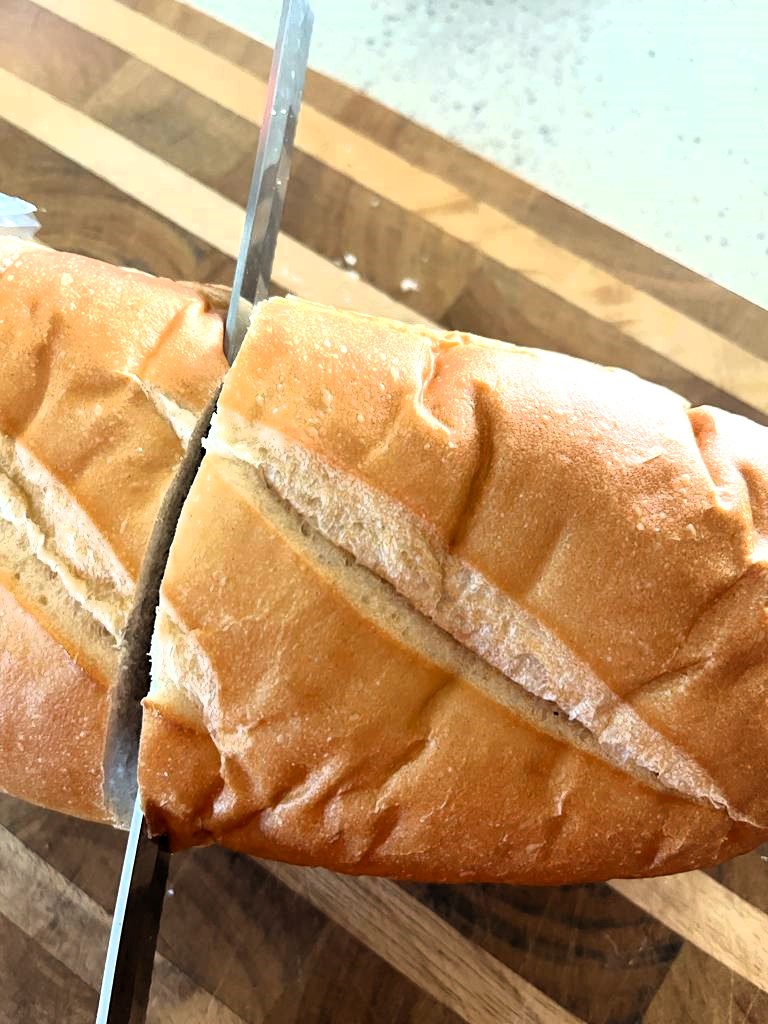
Using bread knives to cut fruits
Bread knives aren’t just limited to slicing bread. They can also be used for various other food items, including firm and soft fruits. Here are some creative uses for bread knives in the kitchen:
- Melons: Whether it’s a juicy watermelon or a sweet cantaloupe, a bread knife can easily cut through the thick rind and create uniform slices. Its long blade and sharp teeth make it ideal for tackling large fruits.
- Pineapple: Slicing a pineapple can be a challenging task, but a bread knife can make it much easier. The serrated blade effortlessly cuts through the tough exterior without slipping, while the long blade helps in creating perfect slices.
- Mango: Mangoes have a soft, juicy interior and a tough skin. A bread knife’s serrated edge and sharp blade allow for precise cuts, making it an excellent tool for slicing mangoes.
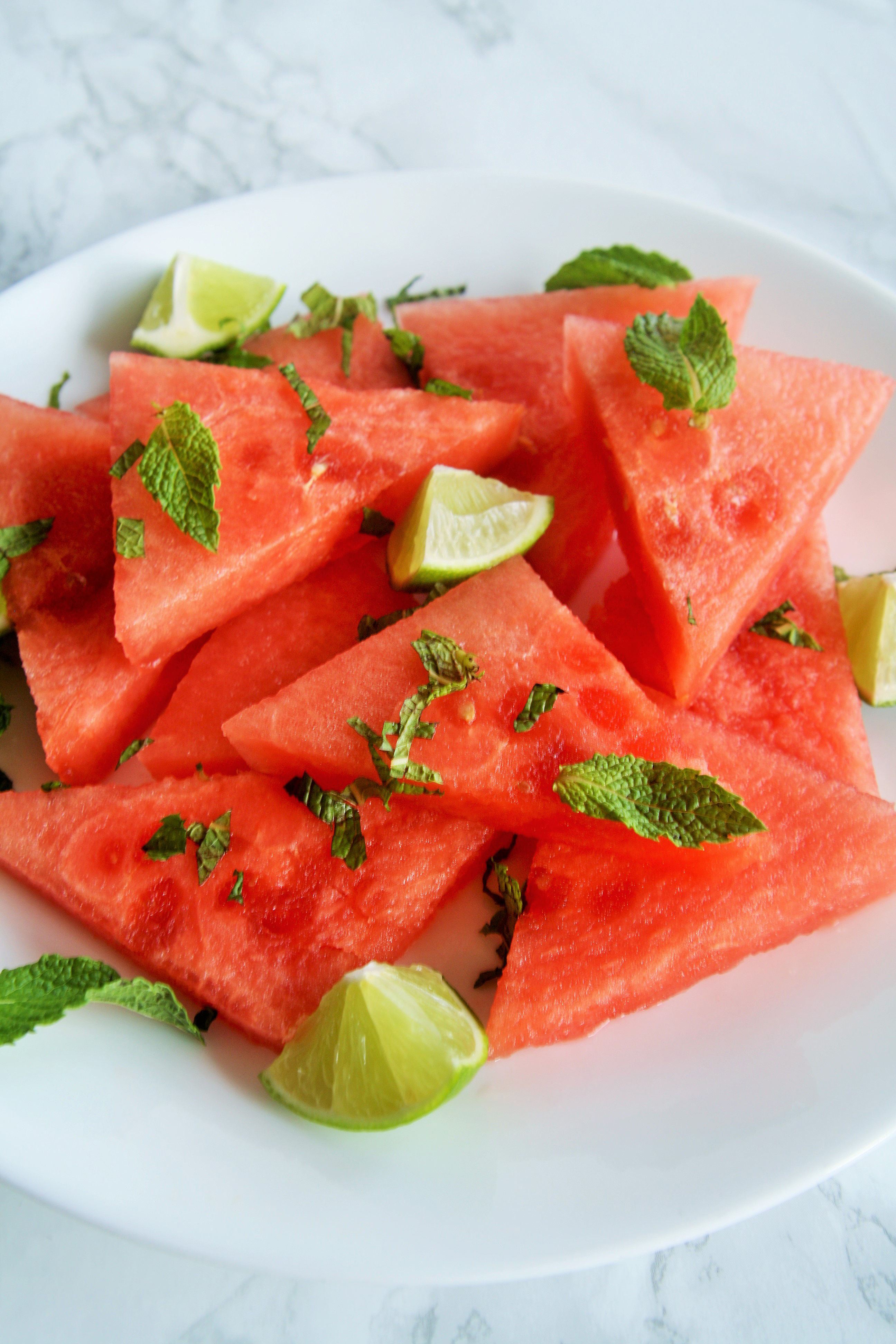
Using bread knives to cut vegetables
Bread knives can also be used for slicing various vegetables, thanks to their sharp serrations and long blades. Here are some vegetables you can easily slice with a bread knife:
- Tomatoes: Ripe tomatoes have a delicate skin and soft flesh, which can be easily damaged by a regular knife. A bread knife’s serrated edge and gentle sawing motion allow for clean and smooth slices without crushing the tomato.
- Eggplant: Eggplants have a tough skin and a slightly spongy texture. A bread knife’s long, serrated blade easily glides through the skin and helps in achieving even slices.
- Peppers: Peppers, especially bell peppers, have a thick and crisp flesh. A bread knife’s sharp teeth and narrow blade make it an excellent choice for precise cuts.
Slicing meats with bread knives
A bread knife can be useful for slicing various types of meats, particularly those with tender or cooked textures.
- Roast Beef: A bread knife can make clean, even slices of roast beef, ensuring each portion is uniform in thickness.
- Roast Turkey or Chicken: Similar to roast beef, a bread knife can slice through roasted poultry with ease, providing neat slices for sandwiches or serving platters.
- Ham: Whether it’s a holiday ham or deli-style slices, a bread knife can cut through the tender texture of ham without tearing it apart.
- Pork Tenderloin: Cooked pork tenderloin can be sliced thinly with a bread knife, making it suitable for sandwiches or serving alongside side dishes.
- Meatloaf: A bread knife can neatly slice through meatloaf, ensuring each serving is evenly portioned.
While a bread knife may not be the best option for slicing through raw or bone-in meats, it can certainly be handy for cutting cooked meats into uniform slices for serving or meal preparation.
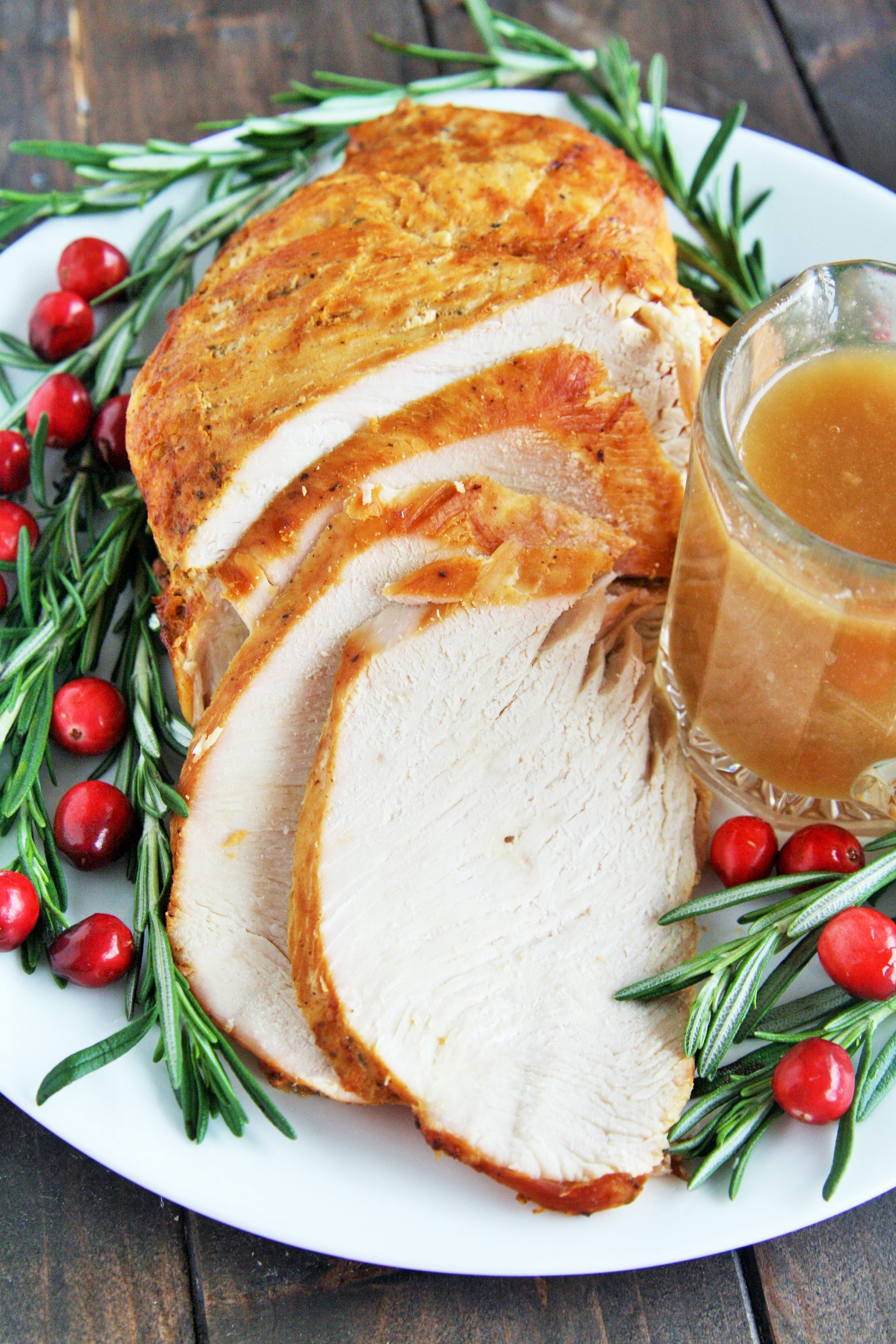
Using bread knives for pastries
Bread knives can be used for more delicate tasks in the kitchen, such as slicing pastries.
- Biscotti: Biscotti are crunchy, twice-baked Italian cookies that require a clean and precise cut. A bread knife’s thin blade and sharp serrations allow for smooth and even slices.
- Leveling Cakes: When you’re baking a layered cake, it’s important to level off the tops of the cake layers for a professional finish. A bread knife’s long, thin blade can be used to trim and level the cakes with ease.
- Tart Slicing: Whether it’s a fruit tart or a savory tart, a bread knife can neatly slice through the crust and filling without causing them to crumble or fall apart.
- Danish Pastries and Croissants: Bread knives are ideal for cutting through the flaky layers of Danish pastries or croissants, ensuring that each bite is evenly portioned.
- Strudel or Puff Pastry: Slicing through layers of delicate strudel or puff pastry is made easier with a bread knife, as it can cut through the crispy layers without crushing them.
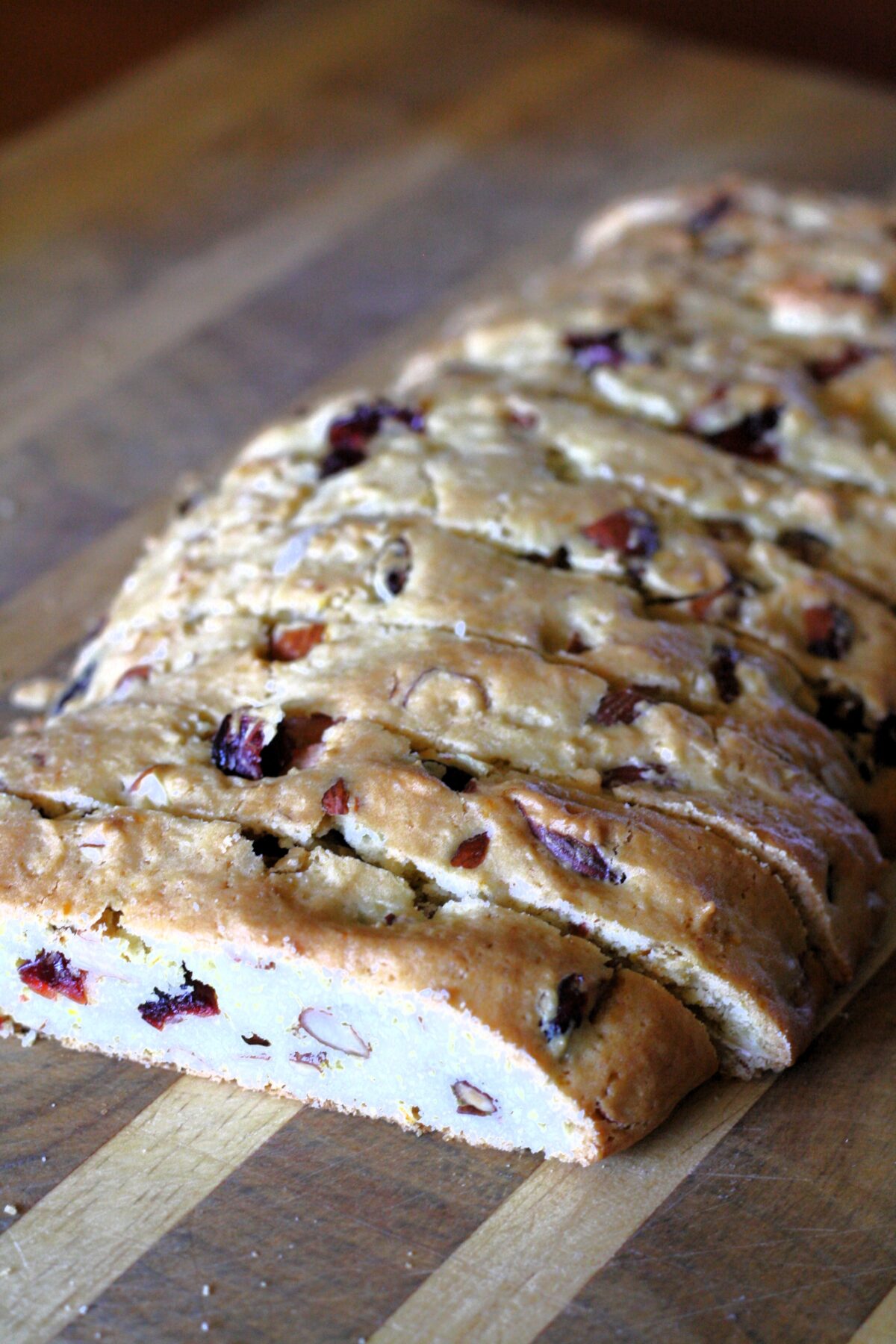
Maintaining your bread knife
To ensure that your bread knife stays in top shape and continues to perform well, it’s important to take proper care of it. Here are some tips for maintaining your bread knife:
- Clean it after each use: Rinse the knife with warm water and mild dish soap to remove any food residue. Avoid using abrasive cleaners or scrubbers that can damage the blade.
- Dry it thoroughly: After washing, make sure to dry the knife completely to prevent any moisture buildup that can lead to rusting.
- Store it properly: Keep your bread knife in a knife block or a knife drawer to protect the blade and prevent accidents. Avoid storing it loose in a kitchen drawer where it can get damaged or cause injuries.
- Sharpen when needed: While bread knives don’t require frequent sharpening, they can still become dull over time. If you notice that your bread knife is not cutting as smoothly as before, consider getting it professionally sharpened.
By following these maintenance tips, you can ensure that your bread knife remains in excellent condition and lasts for a long time.
Can you sharpen a bread knife?
Sharpening a bread knife can be a bit different from sharpening other types of knives due to its serrated edge. While it is possible to sharpen a bread knife, it requires specific tools and techniques. Here’s what you need to know:
- Professional sharpening: Bread knives with stainless steel blades and serrated edges are best sharpened by a professional sharpener who has the necessary tools and expertise. They can restore the razor-sharp edge without damaging the serrations.
- DIY sharpening: If you prefer to sharpen your bread knife at home, you can use a serrated knife sharpener or a sharpening rod specifically designed for serrated blades. These tools have a tapered rod or a V-shaped slot that can realign the pointy teeth of the knife and restore some sharpness.
Remember that sharpening a bread knife requires caution and precision. If you’re unsure or don’t have the necessary tools, it’s best to leave the sharpening to the professionals.
How to sharpen a serrated bread knife
If you decide to sharpen your serrated bread knife at home, here’s a step-by-step guide to help you:
- Choose the right tools: You’ll need a serrated knife sharpener or a sharpening rod specifically designed for serrated blades.
- Start with the pointed tip: Hold the knife at a 20-degree angle and insert the pointed tip into the sharpening slot or over the rod. Gently move the knife back and forth, following the curve of the serrations. Repeat this for each serration for a few strokes.
- Work on the straight sections: After sharpening the pointed tip, move on to the straight sections of the blade. Maintain the same angle and repeat the back and forth motion for each serration.
- Test the sharpness: Once you’re done sharpening, test the sharpness of the knife by slicing a piece of bread or a soft ripe tomato. If the knife cuts smoothly without crushing or tearing, it’s properly sharpened.
Remember, sharpening a serrated bread knife requires patience and practice. If you’re unsure or uncomfortable, it’s best to seek professional sharpening services. By following these steps, you can maintain a sharp edge on your serrated bread knife and continue to enjoy clean and precise cuts.
So, don’t limit the humble bread knife to just slicing a crusty loaf of bread. It can also be your go-to tool for perfectly slicing cooked meats. The next time you’re slicing vegetables or preparing a refreshing fruit platter, don’t hesitate to reach for your trusty bread knife.
